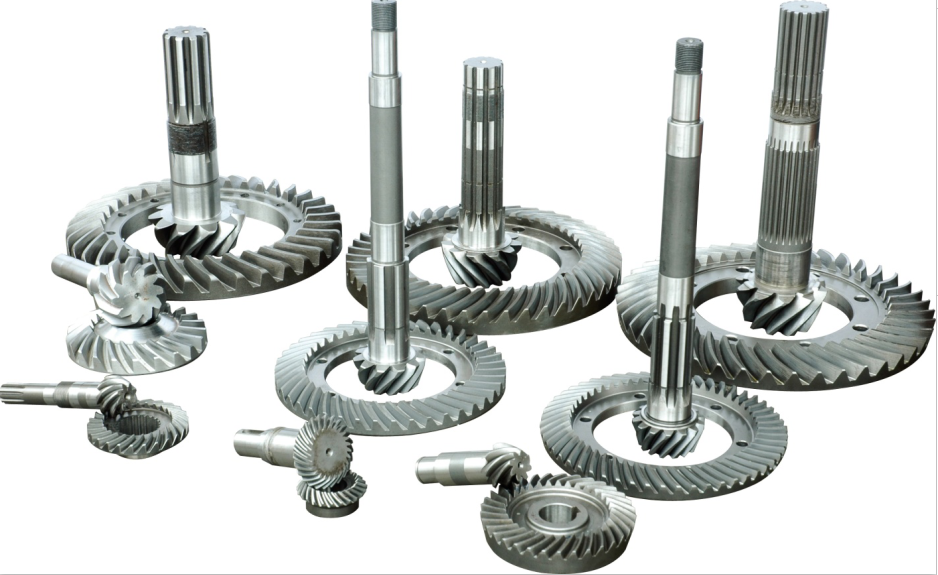Worm gear technology has seen several advancements in recent years, driven by the need for improved performance, efficiency, and reliability in various industries. Here are some notable innovations in worm gear design and production:

1. Advanced Materials and Coatings: Manufacturers are exploring new materials and coatings to enhance the performance and durability of worm gears. These include high-strength steels, alloys, and surface treatments like diamond-like carbon (DLC) coatings, which improve wear resistance and reduce friction.
2. Improved Tooth Profiles and Geometry: Advanced tooth profiles, such as modified involute or non-involute profiles, are being developed to optimize gear meshing and minimize friction losses. These profiles can improve efficiency, reduce wear, and enhance load-carrying capacity.
3. Enhanced Lubrication Systems: Innovations in lubrication systems for worm gears have focused on improving lubricant distribution and cooling. Techniques like forced lubrication, oil mist lubrication, and improved oil circulation systems ensure better lubricant flow to critical areas, reducing friction and heat buildup.
4. Computer-Aided Design and Simulation Tools: The availability of advanced computer-aided design (CAD) software and simulation tools has revolutionized worm gear design. These tools enable engineers to optimize gear geometry, analyze stress distribution, predict performance, and simulate gear meshing behavior before manufacturing, leading to more efficient designs.
5. Additive Manufacturing (3D Printing): Additive manufacturing techniques are being explored for producing worm gears, offering advantages such as design flexibility, rapid prototyping, and the ability to create complex internal geometries. 3D printing enables the production of customized worm gears with intricate shapes, allowing for enhanced performance and reduced weight.
6. High-Precision Manufacturing Processes: Advancements in gear cutting, grinding, and finishing processes have improved the precision and quality of worm gears. CNC gear cutting machines, improved grinding techniques, and advanced measuring equipment contribute to higher accuracy, better tooth profiles, and reduced manufacturing errors.
7. Integrated Gear Motor Solutions: Integrating the worm gear and motor into a single compact unit has gained popularity, especially in automation and robotics applications. These integrated gear motor solutions offer improved efficiency, reduced space requirements, and simplified installation and maintenance.
8. Smart Gear Systems and Condition Monitoring: The integration of sensors, actuators, and data analytics has enabled the development of smart gear systems. These systems provide real-time monitoring of gear performance, temperature, vibration, and lubrication condition, allowing for predictive maintenance and optimizing gear operation.
9. Improved Surface Finishes and Heat Treatment: Advancements in surface finishing processes and heat treatment techniques, such as shot peening and cryogenic treatment, have improved the surface hardness, wear resistance, and fatigue life of worm gears. These treatments enhance the performance and durability of gears in demanding applications.
10. Digitalization and Industry 4.0 Integration: Digitalization and the integration of worm gear systems into Industry 4.0 concepts have enabled remote monitoring, data analytics, and predictive maintenance. This digital integration optimizes gear performance, reduces downtime, and enhances overall system efficiency.
These advancements in worm gear technology are driving improvements in gear performance, efficiency, and reliability across various industries. The ongoing research and development efforts continue to push the boundaries of what can be achieved with worm gears, opening up new possibilities for precise motion control, power transmission, and automation applications.
